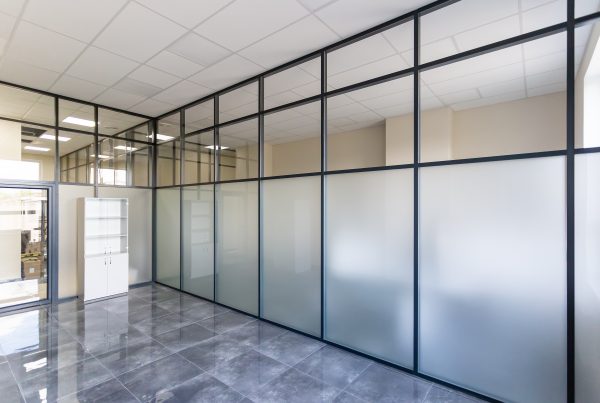Energy Efficiency: No Longer Optional, No Longer Boring
In the world of commercial glazing, “energy efficient” used to be a tick-box in the spec folder — now, it’s the entire folder. Whether it’s to satisfy planning officers, ESG tickers, or that one investor who recently discovered carbon accounting, the pressure is on. And we’re not talking about a gentle nudge. We’re talking about U-value targets coming at you like an over-caffeinated QS with a clipboard.
Performance isn’t a bonus anymore — it’s the price of entry. Fall short, and your building’s future resale value might too.
U-Values: The New Office Politics
The smart money in spec land is no longer asking if the glazing meets regulation — it’s asking how much fat it can trim off the HVAC system while doing it. Glazing is now a front-line weapon in the battle against rising energy bills, operational carbon, and the awkward questions coming from procurement about “payback periods.”
Cue the rise of C.U.in — Crystal Units’ not-so-secret weapon that achieves sub-0.5 W/m²K in a slim, double-glazed format. That’s not a typo. That’s high performance in a skinny suit .
Triple Glazing’s Image Problem (And the Lightweight Alternative)
Triple glazing used to be the gold standard. Now? It’s a bit like arriving at a net-zero conference in a diesel SUV — bulky, inefficient, and a bit behind the times.
Enter suspended film technology. C.U.in gives you triple glazing performance (down to 0.2 W/m²K, thank you very much) inside a double-glazed frame . That means standard profiles stay in play, structural loads stay sensible, and installers don’t suddenly develop back problems.
Retrofit ROI: The Payback’s Not Just in Pounds
Retrofitting isn’t just about being seen to be green — it’s about actually saving green. Replacing tired, inefficient units with modern glazing like C.U.in can cut heat loss by up to 60%. And depending on your operational hours, you could be looking at ROI within 5 to 8 years — or sooner if energy costs keep climbing like they’re trying to break into the FTSE 100 .
Plus, smaller HVAC systems become viable, and who doesn’t love a mechanical engineer who doesn’t need a plant room the size of a football pitch?
Procurement’s Shift: Price Per m² Is So Last Decade
“Cost per unit” used to be the deal-breaker. Now, it’s about lifecycle value. A unit that costs a few pounds more up front but saves tens of thousands over 20 years is no longer a hard sell — it’s common sense with a spreadsheet.
C.U.in has essentially shattered the old performance ceiling. Sub-1.0 U-values in a 28mm unit? That’s not marketing fluff, that’s Salford Energy House-verified data .
Specifying Without Blindfolds: Demand the Data
Not all triple glazing is created equal. And just because someone says “high performance” doesn’t mean it’ll hold up in a TM59 model.
Specifiers are getting wise — asking for real-world testing, Environmental Product Declarations, lifecycle carbon data, and manufacturer input on whole-system performance. Spoiler: If your glazing partner can’t answer those questions, they might just be selling glass. Crystal Units can back every claim with research, academic partnerships, and in-situ data to spare .
When Your Windows Are Smarter Than Your Heating System
Let’s not forget that glazing now plays a strategic role in building energy simulations. Get it right and you’re reducing loads, improving daylighting, and giving your architect more freedom to go bold without bankrupting the M&E budget.
And if you really want to dazzle? Pair your low U-value façade with heated glass. NUCLR technology from Crystal Units turns your windows into invisible radiators — so you can literally warm a room with sunlight and a bit of voltage .
The Takeaway (Before Your Coffee Gets Cold)
The future of commercial glazing is performance-first. If your current approach still starts with “what’s cheapest per square metre,” it might be time for a rethink. The conversation has shifted — from cost to value, from meeting code to enhancing experience.
So ask yourself (and your supply chain):
- Are we specifying based on what we’ve always done, or what we should be doing?
- Are we choosing products that work harder — thermally, acoustically, and visually?
- Are we partnering with suppliers who bring expertise to the table — not just glass in a box?
Because if your windows can’t pull their weight, they’re just a pane.
Switch to a supplier you can trust – get yourself a Crystal Units account with dedicated in-house support today.





